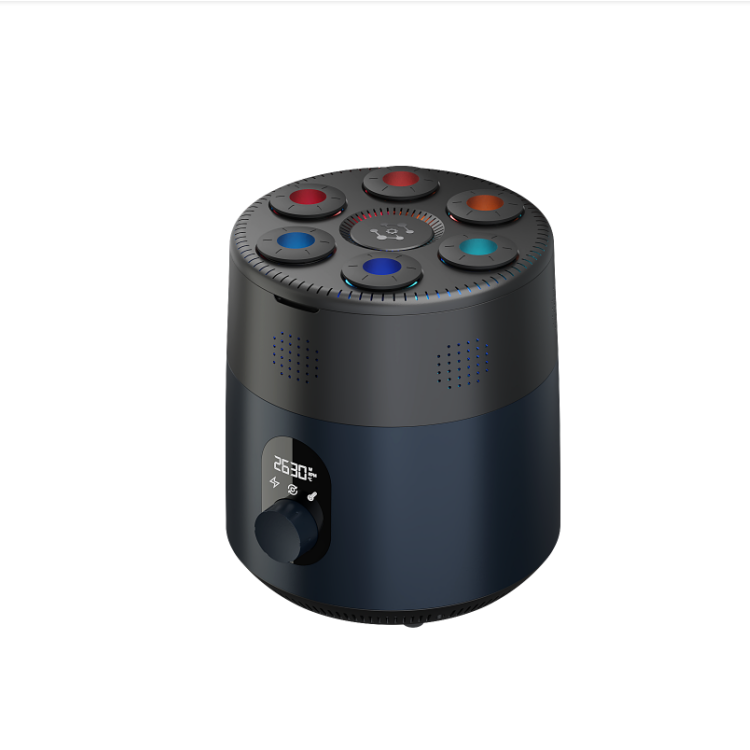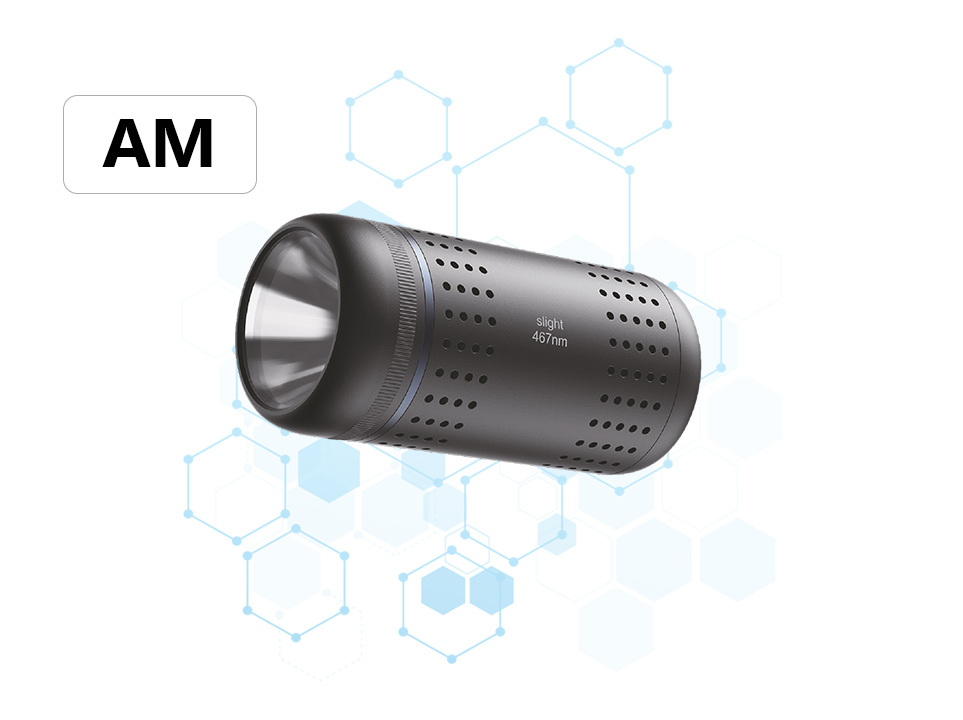3S Tech photochemical reactor AL

The product features and advantages of the Photochemical Reactor AL3 are as follows:
Features:
Excellent Illumination: The instrument boasts a high luminous flux of up to 2,000,000 LUX and a light energy density of up to 1200 mW/cm², delivering extremely high illumination intensity. This can significantly shorten reaction times, for example, reducing them from the conventional 7 days to just 1 day, thereby greatly enhancing experimental efficiency.
Diverse Light Sources: It offers over 60 light source options, with wavelengths ranging from 365 to 975 nm. The monochromatic LED narrow-band light waves are finely divided at 5nm intervals, allowing users to freely combine them according to experimental needs, providing high flexibility.
Portable and Reliable: The instrument features a minimalist design and weighs only 3.1kg, making it easy to move and carry, suitable for various experimental environments.
Intelligent Temperature Control: It is equipped with intelligent temperature control capabilities, capable of real-time monitoring of reaction temperatures to ensure the stability and safety of the experimental process.
Multi-functional Integration: It combines multiple functions such as stirring, illumination, and temperature control into one, meeting the diverse needs of photochemical reactions.
Easy Operation: It adopts a touch + knob control method, making adjustments convenient and user-friendly.
Advantages:
Safe and Reliable: The instrument is designed with light shielding to effectively protect the experimenter's eyes and has passed national-level inspection and certification, ensuring quality assurance.
Efficient and Energy-saving: The power can be freely set within the range of 0~15W, with a light energy density of up to 1.2W/cm², ensuring both experimental effectiveness and energy conservation.





